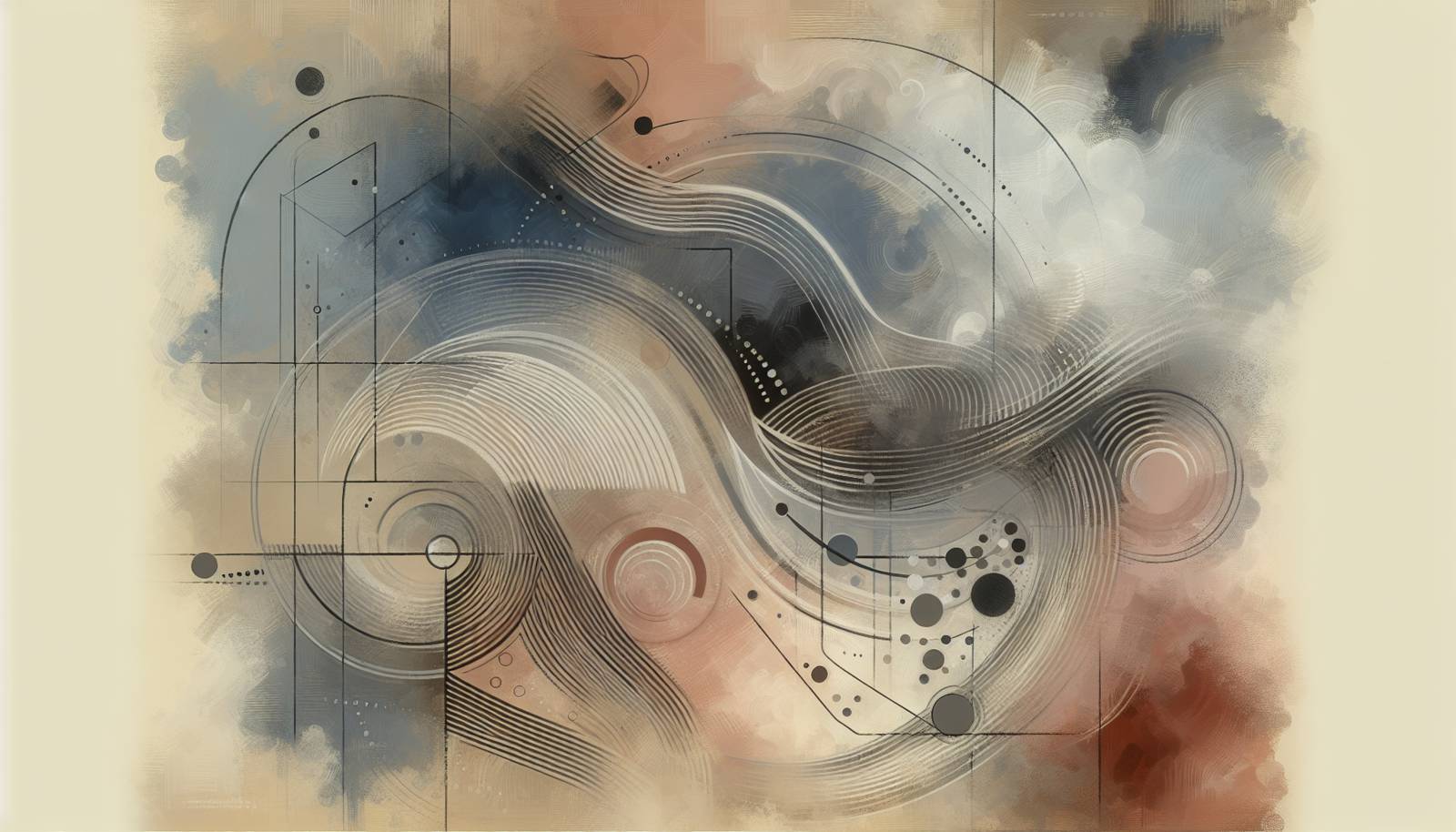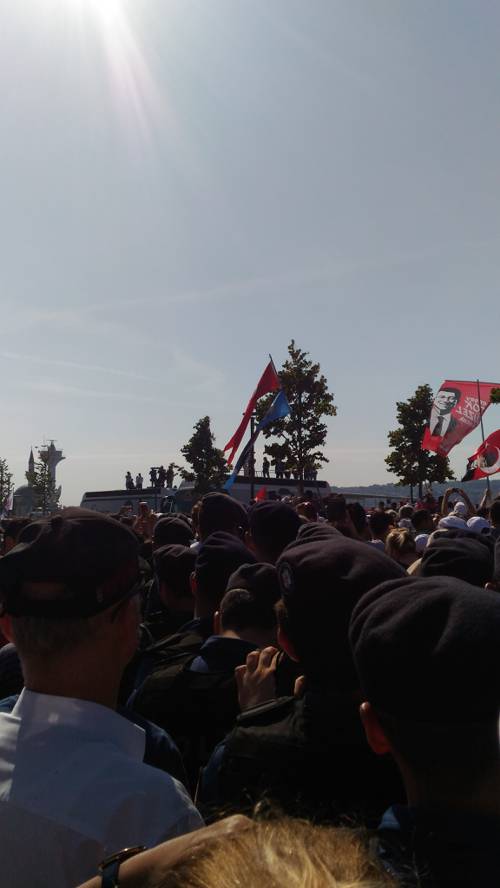
FAQ About The Significance of Art in Political Campaigns

What role does art play in political campaigns?
Art plays a crucial role in political campaigns by visually conveying messages, inspiring emotions, and influencing public opinion. Through posters, banners, videos, and other media, art helps candidates communicate their values, promises, and policy proposals succinctly and powerfully. Moreover, art in political campaigns facilitates engagement, allowing complex ideas to be broken down into easily digestible visuals.

How has art been used historically in political campaigns?
Historically, art has been a key component of political campaigns, with examples dating back to ancient Rome where coins and statues were used to promote leaders. In more modern times, political posters and caricatures became prominent as printing technology advanced. During the 20th century, with the rise of mass media, political art extended to television commercials and digital graphics, serving as powerful tools to engage voters and disseminate political messages.

Can you provide examples of famous political campaign art?
One famous example is the "Hope" poster designed by artist Shepard Fairey for Barack Obama's 2008 presidential campaign, which became an influential icon. Another example is the "Uncle Sam" military recruitment poster used during World War I and subsequently in various campaigns to evoke patriotism and civic responsibility. These artworks effectively captured public attention and conveyed clear messages aligned with the political aims they supported.

Why is visual art effective in influencing political opinion?
Visual art is effective in influencing political opinion because it can convey complex messages quickly and memorably. People tend to remember visuals more easily than text, especially when they're evocative or emotionally charged. Art can bypass rational evaluation and appeal directly to emotions, which can be a powerful tool in shaping beliefs and encouraging voter engagement. Additionally, eye-catching designs can grab attention in a crowded media landscape.

How do political campaigns use art today via digital platforms?
In today's digital age, political campaigns leverage art through social media, websites, and online advertisements. Graphics, animations, and short videos are optimized for sharing, increasing their reach among the electorate. Digital art in campaigns aims to engage audiences across various platforms, targeting specific demographics with tailored messages to maximize impact while maintaining a cohesive visual brand.

What impact does art have on the perception of political candidates?
Art can significantly impact the perception of political candidates by shaping their public image. Effective campaign art can enhance a candidate's relatability or trustworthiness through symbolic representations or by associating them with positive values. Conversely, negative art or caricatures can contribute to unfavorable perceptions. Thus, the strategic creation and use of art in political campaigns are vital for image management.

Are there any risks associated with using art in political campaigns?
Yes, there are risks, including the potential for misinterpretation or backlash if art is perceived as offensive or misleading. Campaign art must balance creativity with sensitivity to cultural and societal norms to avoid alienating voters. Additionally, reliance on art may oversimplify complex issues, leading to misinformed voters. Hence, it is crucial to approach political art with care and consideration to mitigate these risks.

How does the cultural context influence political campaign art?
Cultural context plays a significant role in shaping political campaign art. Different symbols, colors, and imagery hold varying meanings and connotations across cultures, which can affect how campaign messages are received. Understanding cultural sensitivities and preferences is essential to ensure that art resonates positively with the target audience. By aligning with cultural values, campaign art can more effectively engage and mobilize communities.

What role do artists play in political campaigns?
Artists play a vital role in political campaigns by designing visuals that capture and communicate the essence of a candidate's platform or the core message of the campaign. They employ their creativity to produce compelling imagery that stands out and resonates with voters. Additionally, some artists may collaborate directly with campaign teams, contribute to grassroots movements, or provide art that catalyzes discussion and engagement on political issues.

How important is art in grassroots political movements?
Art is extremely important in grassroots political movements as it serves to unify and energize supporters. Street art, protest signs, and viral graphics can all articulate shared values and goals, reinforce a collective identity, and spread awareness effectively. Such art is often easily accessible and participatory, encouraging wider involvement and galvanizing activism. By distilling complex messages into poignant visuals, art helps to sustain motivation and solidarity within grassroots campaigns.

What are the ethical considerations with using art in political campaigns?
Ethical considerations include ensuring that art is not manipulative, offensive, or misleading. Campaigns should strive to respect intellectual property rights and give proper credit to artists. Additionally, it is important not to exploit sensitive cultural symbols or perpetuate stereotypes through careless artwork. Maintaining integrity and respectfulness in campaign art contributes to a more truthful and inclusive political dialogue.

In what ways does art help in branding political campaigns?
Art helps in branding political campaigns by creating a distinct visual identity that can easily be recognized and remembered by voters. Consistent use of colors, slogans, and imagery across campaign materials reinforces the candidate's messaging and differentiates them from opponents. A strong visual brand enhances the campaign's professionalism and appeal, offering a unified representation of their core values and promises.

How can art counter negative political messaging?
Art can counter negative political messaging by presenting positive narratives and visuals that redirect focus towards hope and optimism. Humorous or satirical art can also diminish the impact of negative messaging by disempowering its seriousness. Additionally, by raising awareness and encouraging critical thinking, art can empower voters to question and critique negative narratives, fostering a more informed and balanced discourse.

What is the significance of colors in political campaign art?
Colors play a crucial role in political campaign art as they evoke specific emotions and associations. For example, blue is often associated with trust and stability, while red may suggest passion or urgency. Political campaigns carefully select colors to align with their messaging and influence viewers' perceptions. Understanding the psychological impact of colors helps in crafting art that effectively communicates the desired narrative and appeals to the target audience.

How do political campaigns balance creativity and message clarity in art?
Political campaigns balance creativity and message clarity by focusing on simplicity and directness in their art. The goal is to produce eye-catching visuals that are not only creative but also clearly convey the campaign's message without ambiguity. This often involves using universal symbols or easily recognizable themes, ensuring that the art enhances rather than obscures the political narrative. Campaigns also test their visuals with focus groups to gauge clarity and impact before wider dissemination.

Can art influence voter turnout during elections?
Yes, art can influence voter turnout by raising awareness, increasing engagement, and motivating individuals to participate in the electoral process. Campaign art that resonates emotionally with potential voters can inspire them to take action, such as volunteering or going to the polls. Art that highlights civic duty and the importance of voting can also serve as a powerful call to action, potentially increasing voter participation.

How do political campaigns adapt their art for different demographics?
Political campaigns adapt their art to different demographics by tailoring visuals to the cultural norms, values, and interests of specific groups. This can involve adjusting language, imagery, and symbols to better resonate with the target audience. Campaigns may conduct research and engage community leaders to ensure their art effectively appeals to various sectors of the electorate, thereby maximizing inclusivity and relevance in their messaging.

What tools and techniques are commonly used to create political campaign art?
Common tools and techniques for creating political campaign art include graphic design software like Adobe Photoshop and Illustrator, as well as traditional methods like painting and sketching. Digital platforms and social media also play a significant role in disseminating art effectively. Techniques such as creating viral memes, using animation, and incorporating interactive experiences are frequently employed to engage and excite the audience, ensuring that the campaign art has a broad reach and impact.

What is the future of art in political campaigns?
The future of art in political campaigns likely involves greater integration of digital technology, augmented reality, and personalized content to engage voters. As technology advances, campaigns may leverage immersive experiences and harness data analytics to craft more targeted and effective art. Moreover, the rise of social media platforms will continue to influence how art is used to reach and mobilize younger demographics, making it an essential aspect of modern political strategy.
